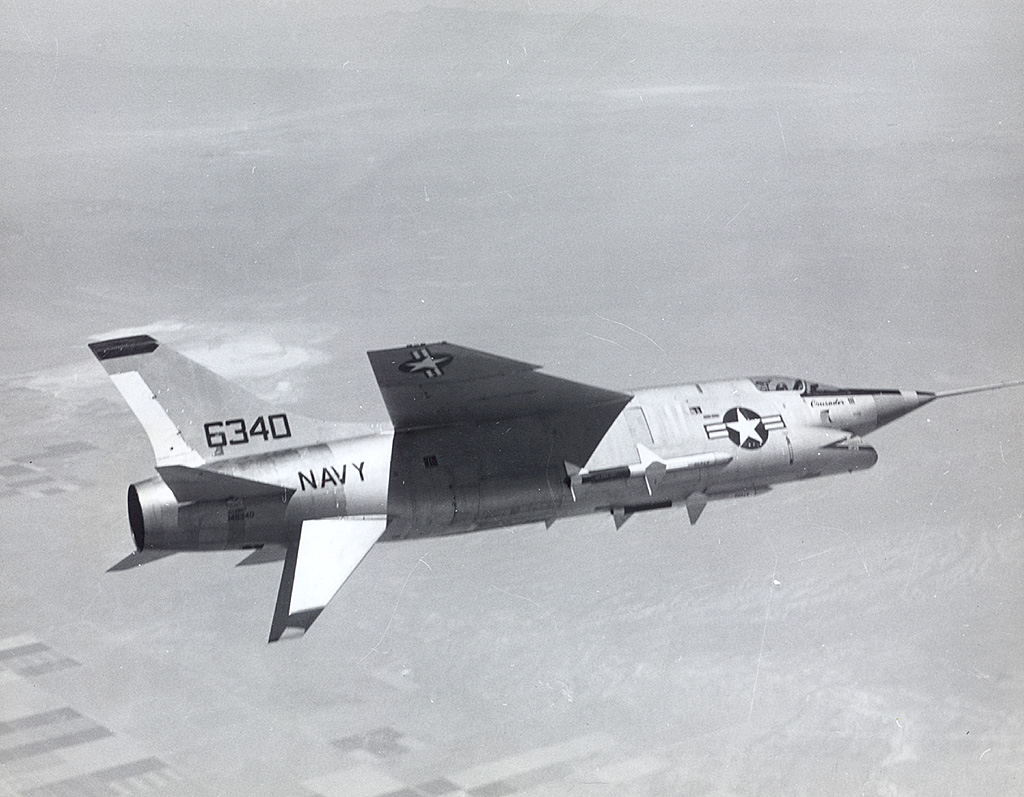kwaigonegin
Colonel
That's pretty muhc it.
The F-8 Crusader did not carry a BVR missile. It was a dogfighter...actually a gun fighter with four sidewindes strapped on. But it was good at what it did.
The F-4 Phantom II was made for BVR combat and carried a big load of Sparrows. It could also do other things very well, like ground support. The F-8 could do that too, but not as much ordinance, or as good at it.
Now, the F8U-3 Crusader III which was built to compete with the F-4 when that competition came out (several years after the F-8 Crusader entered service) was better at BVR and dog fighting than the F-4. The Crusader III was a complete rebuild. It was similar to the F-8, but was high supersonic capable (approaching Mach 3), and carried a load of BVR missiles too. But it was also a single engine and a single pilot aircraft and the Navy at the time was completely going to two engines and two pilots. So the F8U-3 lost the competition on those gorunds, but not on performance. Five were built and the three flying aircaft were transferred to NASA for high altitude testing and spent their lifes there.
The NASA F8U-3 pilots flying out of NAS Patuxent River routinely intercepted and defeated U.S. Navy Phantom IIs in mock dogfights during exercises held for the Phantoms. But, some NAval officers complained and the Navy brass worked with the NASA management and put an end to those "engagements."


F8U-3 Crusader III
Here's how the F-8E Crusader and the F8U-3 Crusader III compared:

Is that DSI on the F8U?






